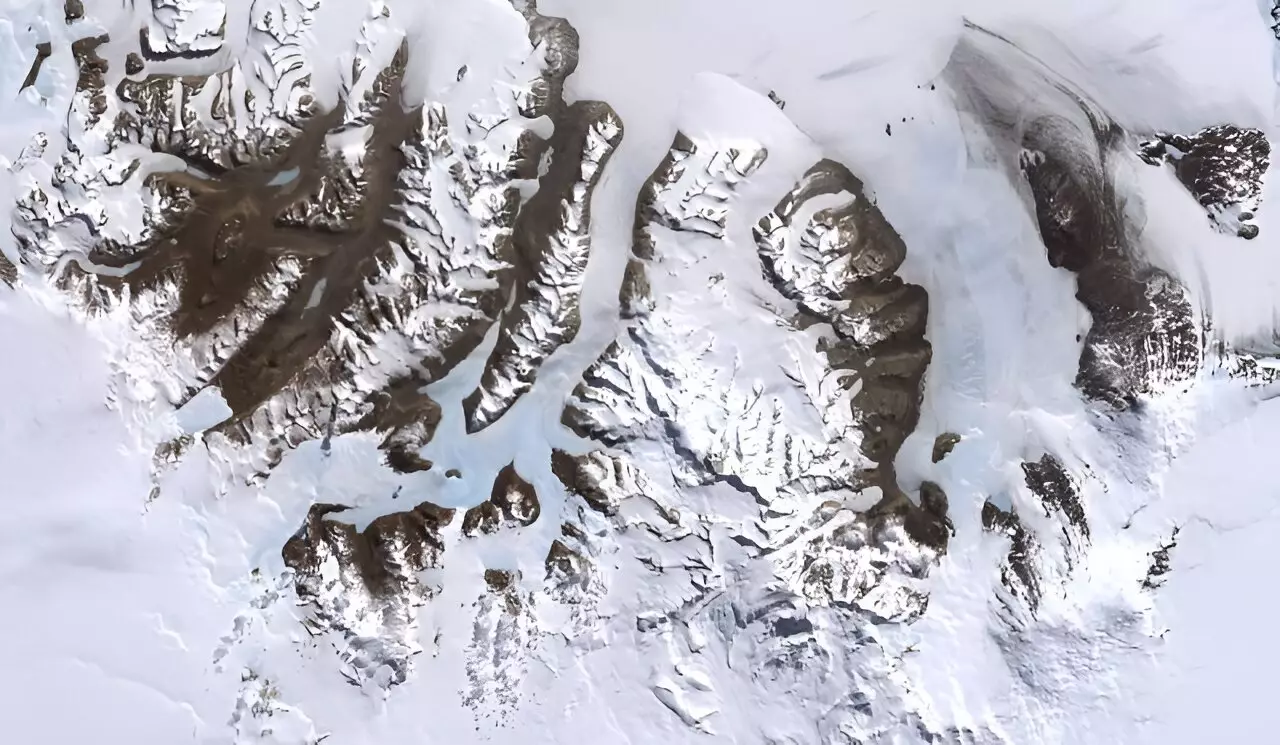The McMurdo Dry Valleys of Antarctica, as the name suggests, are one of the driest places on Earth. The low humidity and lack of rain make it a unique environment where microscopic organisms such as rotifers, tardigrades, and nematodes thrive. The region is surrounded by mountains that prevent melting glacier water from entering the valleys, creating an isolated ecosystem that is crucial for scientific research.
Weather Anomalies in Antarctica
In March 2022, an extreme weather event occurred in the McMurdo Dry Valleys when the temperature rose more than 70°F above its average. This “weather whiplash” led to unprecedented death rates for the invertebrate organisms that rely on surviving winter in a frozen state. The sudden heat wave was caused by a subtropical river of air sweeping over Antarctica during the onset of winter, creating a stark contrast in temperatures.
Professor J.E. “Jeb” Barrett and his team from Virginia Tech used multispectral satellite images to assess the impact of the extreme weather event on the frozen ground in the valleys. By comparing images before and after the temperature spike, they determined that the warm weather caused a rapid thaw, leading to a mortality rate of over 50% for invertebrates in wetted areas. This significant loss highlights the vulnerability of the ecosystem to climate change.
The findings from the March 2022 event in Antarctica serve as a warning for the potential effects of future weather anomalies on the region’s ecosystem. As atmospheric scientists predict more extreme events in Antarctica, understanding how organisms respond to rapid changes in temperature is crucial for predicting long-term impacts. The McMurdo Dry Valleys, with their unique climate and biodiversity, provide valuable insights into the resilience of Antarctic ecosystems.
The study by Professor Barrett and his team sheds light on the vulnerability of Antarctica’s ecosystems to extreme weather events. The rapid thaw caused by the March 2022 heat wave had devastating consequences for invertebrate organisms in the McMurdo Dry Valleys, highlighting the urgent need for further research on climate change impacts in polar regions. As weather patterns continue to shift unpredictably, it is essential to monitor and protect fragile ecosystems like the Antarctic Dry Valleys to ensure their survival in the face of global climate change.


Leave a Reply